IS THERE A KIND OF "NON-THINKING" MATH?
Dr. Nguyen Phi Le (School of Information and Communication Technology, Hanoi University of Science and Technology) used to be a good math student, winning a silver medal in the 2000 IMO international math competition without having to take too many extra classes. Therefore, when his child was still in primary school, Dr. Le did not think that his child needed to take extra math classes in general and "thinking math" in particular, even though at that time in the tutoring market, many centers had begun to appear advertising teaching "thinking math". However, when his child was in grade 5, and later on, taking the entrance exam for grade 10, Dr. Le was forced to let his child take extra math classes, because only then could he pass the entrance exam to specialized schools and selective classes.
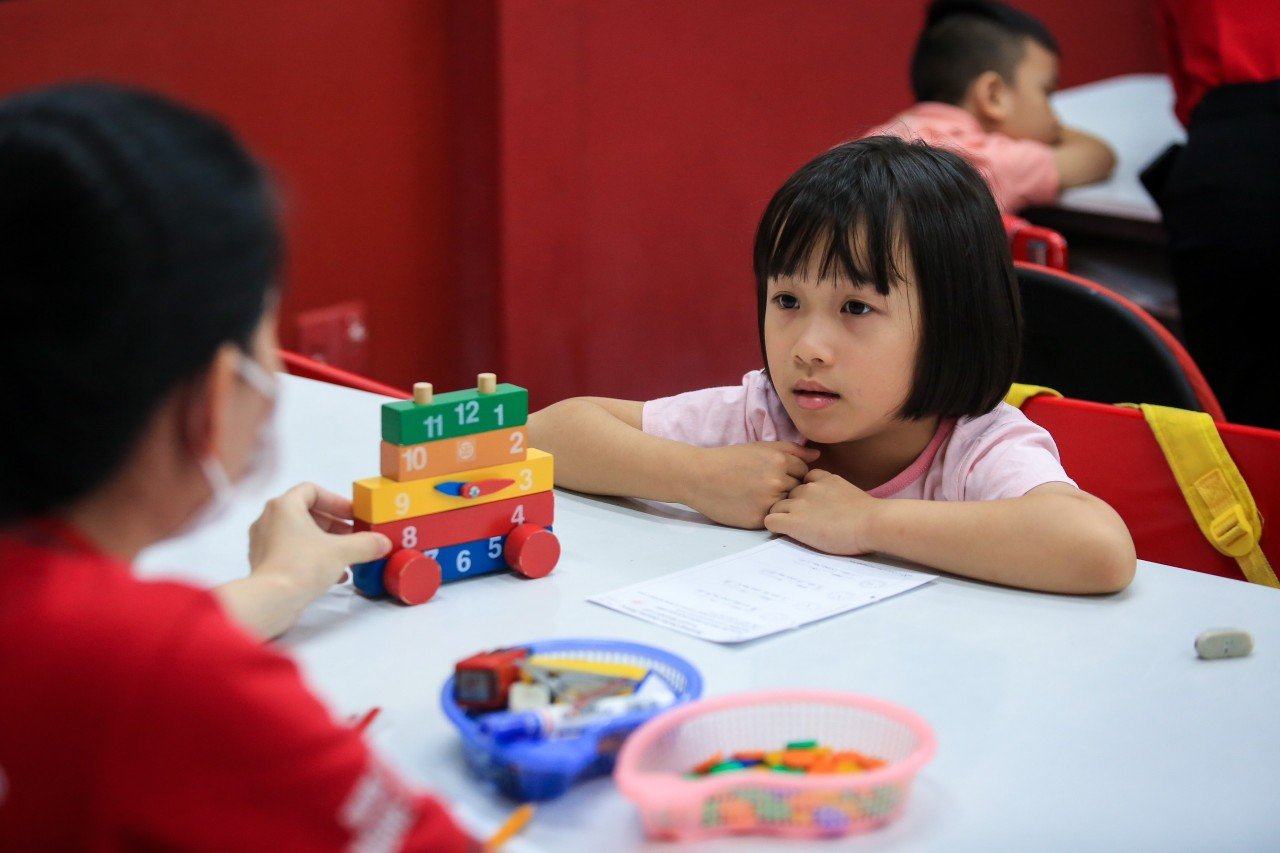
Many parents let their children learn math thinking from an early age with the hope that their children will do well in math.
"For example, recently, after the entrance exam for grade 10 specialized in mathematics at the High School for Natural Sciences of the University of Natural Sciences, Vietnam National University, Hanoi, teachers and students discussed a lot about a geometry question. A good teacher specializing in teaching geometry said that he had sat and done this question for 3-4 hours. Yet a grade 9 student had to do it in a short time. With that exam, if a student did not go to practice exams and had never done similar types of questions, he definitely could not do it. Even a student with very good thinking skills could not
"Do a very difficult exercise with a strange format in a short time. To do an exercise like that, you need a lot of time," Dr. Le shared.
Dr. Le also said that when she saw her child attending too many extra classes, she advised her child to spend more time studying on his own, because only then would the learner's brain have time to absorb knowledge, helping the learner to be self-reliant, and have the ability to be independent later when facing problems that need to be solved. However, her child was not reassured, because he was afraid that he would not be able to compete with his friends in a race where the strength belonged to students who worked hard in exam preparation classes.
According to Professor Le Anh Vinh, Director of the Vietnam Institute of Educational Sciences, many mathematicians are allergic when someone says "thinking math". Because saying that means there is "non-thinking math"? But the reality is that the current teaching method has many ways of teaching math that do not teach thinking, but only learn to calculate. When in class, teachers often mainly teach students to do exercises according to models (often called math by form). With this teaching method, when students have solved a certain type of math, when they encounter it again, they often do the exercise very quickly, without having to think at all.
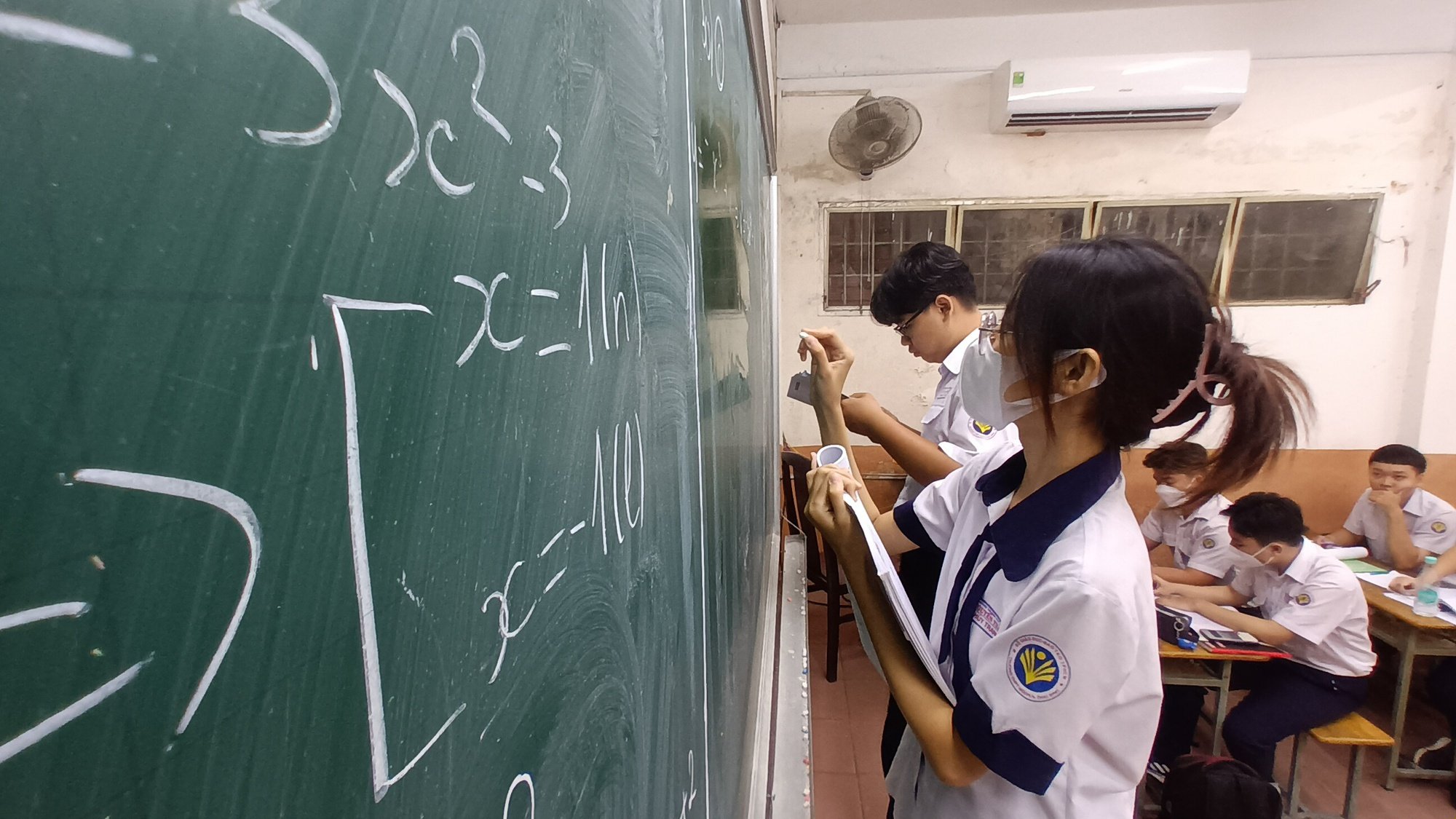
The new general education program focuses on math connected to practice, to application, to solving the question of what is math for, not just doing exercises.
WHEN LEARNING MATH IS NO LONGER THE NATURE OF LEARNING MATH
According to Dr. Vu Thi Ngoc Ha, Institute of Applied Mathematics and Informatics, Hanoi University of Science and Technology, every science subject promotes the development and perfection of thinking in each child, people call it "diversity of fundamental fields", not just learning math to develop thinking.
However, in mathematics, the problems are always related to reality. To overcome this, the child must go through the steps of constructing the problem based on the analysis of the laws of natural phenomena, then using logical thinking, creative thinking... to solve the problem. In the process, sometimes the imagination and critical thinking are stimulated to solve the problem.
"Mathematics itself seems to be the subject that stimulates thinking the most perfectly. So the birth of "mathematical thinking" centers is understandable in the current situation when we have to face the task of mastering a certain module of knowledge of each subject in a very short time, not just mathematics, to face exams. This creates a way of learning mathematics that is no longer true to the nature of "learning mathematics", commented Dr. Ngoc Ha.
Professor Le Anh Vinh said that at first he was also allergic to the word "thinking math". Later, after researching, it turned out that teaching math without thinking was still quite popular. Professor Vinh commented: "If we say that we teach math here, not teaching math without thinking, it sounds too heavy. Therefore, when someone or somewhere introduces themselves as teaching thinking math, it means that they want to say that they teach math in the true sense of the word teaching math. Therefore, "thinking math" comes from the fact that people want to teach math so that students have to think and be able to apply it in life, not teach math in a form, so that students get really good scores in exams. Parents should also consider, because when they introduce themselves like that, it means they are not teaching students to learn math to do well on tests, but teaching students to think".
C NEED TO INNOVATE EXAMINATION SYSTEM
Dr. Ngoc Ha believes that in order for math learning to return to its true nature, students need to "learn slowly", because "learning slowly" is the most perfect way to stimulate the development of each child's thinking.
When faced with a problem, students must have time (a very long time) to identify natural phenomena, from there search for quantities and laws to establish the relationship between quantities with each other through expressions, then search for methodological tools to solve the problem. Thus, to build a program called "thinking math" is very difficult. But teaching is even more difficult, because besides leading "slowly very slowly", the teacher must have enough general knowledge at a high level. Teaching must be flexible and suitable for the qualities and abilities of each student. That is very difficult to do when facing the pressure of academic achievement, scores, and expectations of parents, on the child's time...
Teach STUDENTS to think, not calculate.
Professor Le Anh Vinh often jokingly tells math teachers: teaching students to think for 10 minutes is more difficult than teaching them to sit and calculate for an hour. If going to school is just receiving a worksheet and sitting and calculating as quickly and well as possible, then after class there will be nothing left in the students' minds. When encountering new situations, students cannot think, cannot apply what they have learned to solve problems. However, this is a systematic problem, from the story of exams, tests, and types of exercises, causing people to skip all the parts that develop thinking, focusing only on teaching students to calculate and do exercises.
In particular, to teach math as teaching thinking requires the synchronization of an entire system: program, textbooks, time every hour, every minute, each subject, examination system, social psychology...

9th grade candidates in Ho Chi Minh City in the math exam room of the recent 10th grade entrance exam. The math exam had many practical problems.
According to Professor Vinh, the new general education program focuses on math connected to practice, to application, to solving the question of what is math for, not just doing exercises.
Dr. Phi Le said that she supports students taking extra classes in subjects that they are interested in and capable of, but in a way that enhances their creativity and thinking ability. Taking extra classes in the form of exam preparation as it is now is not very beneficial for students. "The problem is that the way questions are set today makes students who have never studied the types of questions in the exam become "losers". The current exam environment has unequal competition between students who learn to "think" and students who learn to practice for exams. Thinking takes a lot of time, and accepting the risk of not knowing many types of questions. This is the "motivation" that makes students "forced" to take extra classes.
So how should exams be done to develop students' thinking? The exam questions should not be tricky, should be consistent with the content taught in general schools, and should also detect students with good thinking skills," said Dr. Phi Le.
Source link




![[Photo] Looking back at the impressive moments of the Vietnamese rescue team in Myanmar](https://vstatic.vietnam.vn/vietnam/resource/IMAGE/2025/4/11/5623ca902a934e19b604c718265249d0)
![[Photo] "Beauties" participate in the parade rehearsal at Bien Hoa airport](https://vstatic.vietnam.vn/vietnam/resource/IMAGE/2025/4/11/155502af3384431e918de0e2e585d13a)







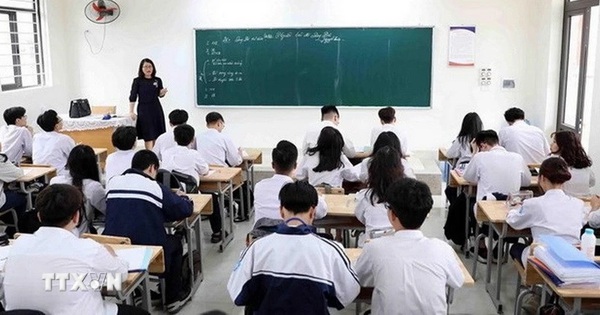



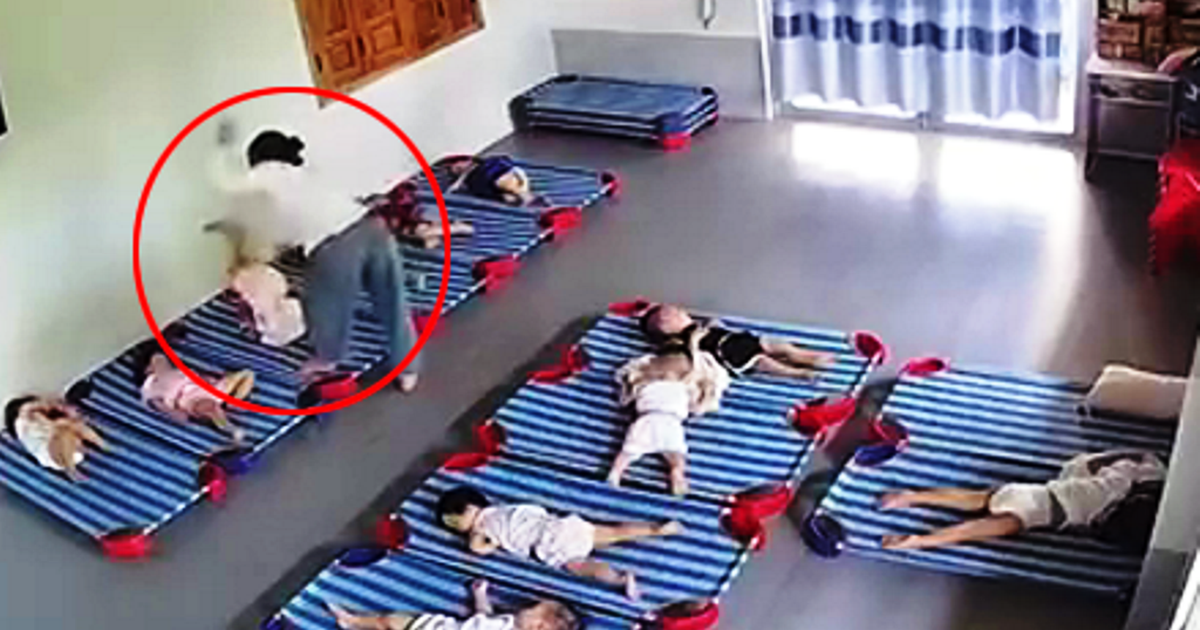


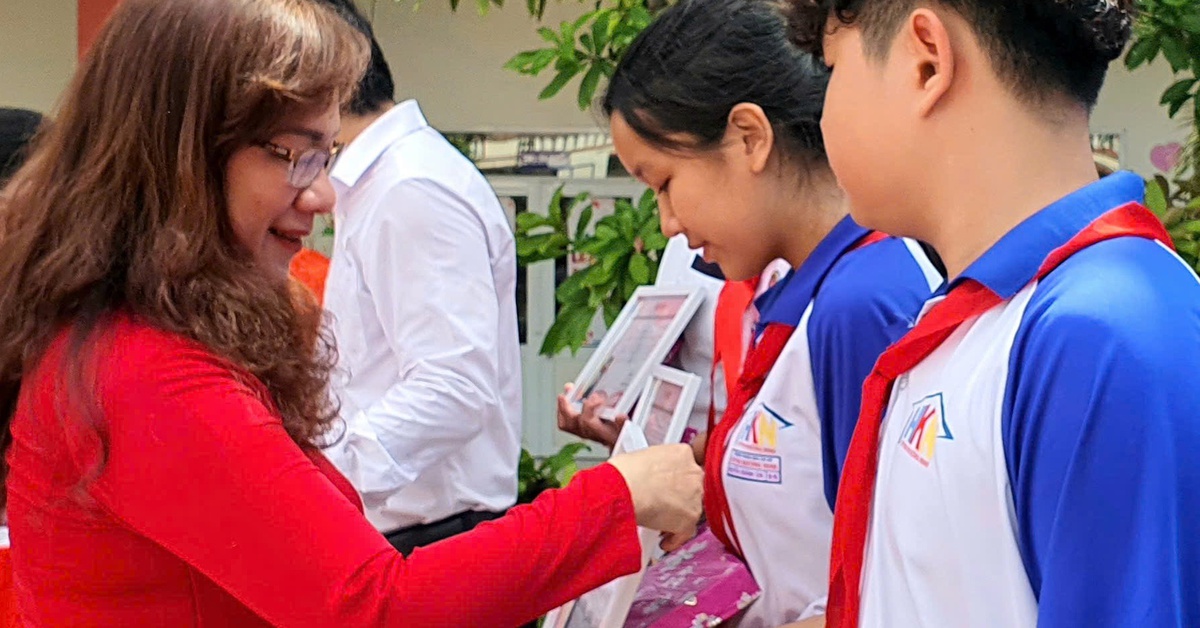









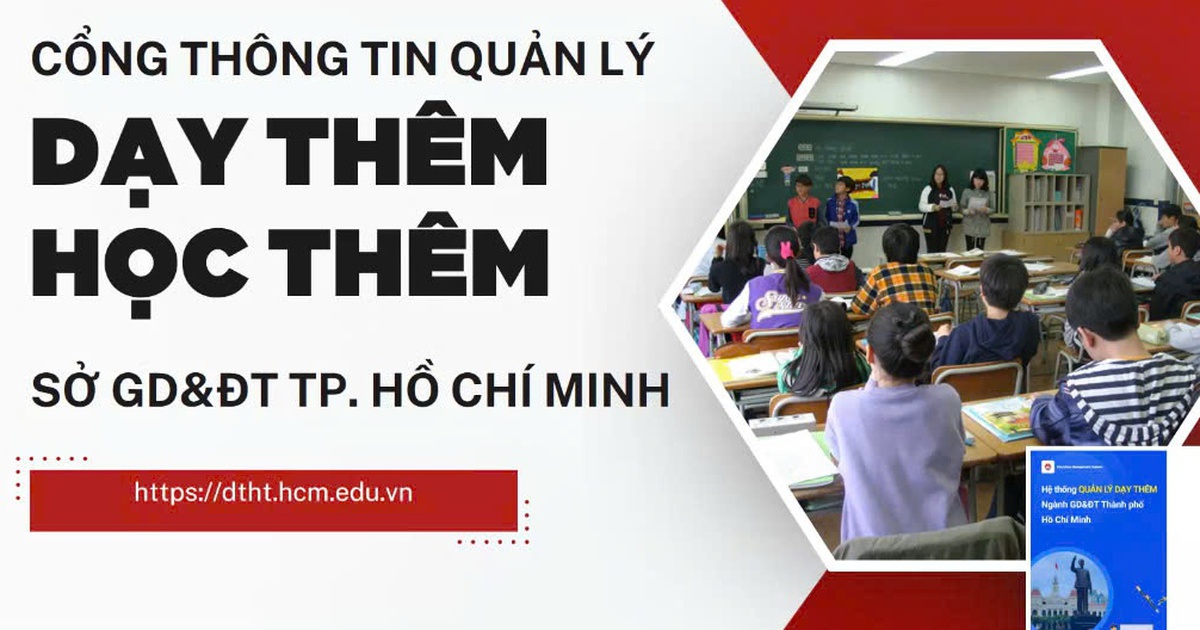
![[Photo] Summary of parade practice in preparation for the April 30th celebration](https://vstatic.vietnam.vn/vietnam/resource/IMAGE/2025/4/11/78cfee0f2cc045b387ff1a4362b5950f)




























































Comment (0)